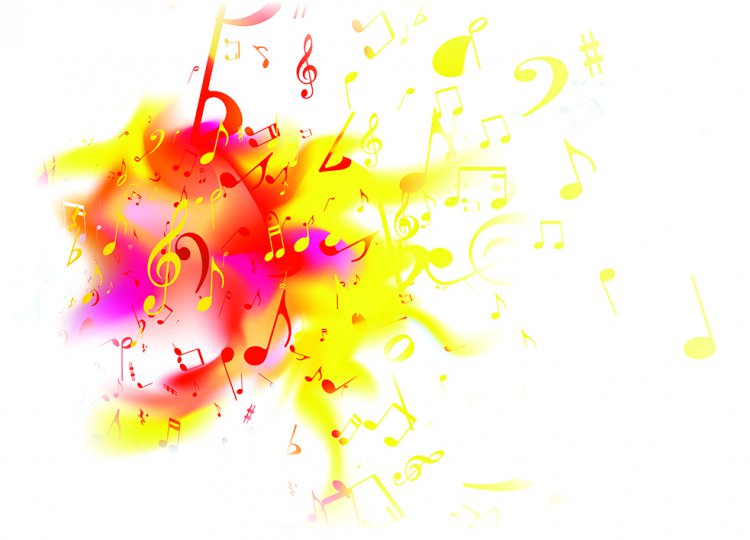Selling the Sensations

Sweet sounds, voiceful colours and aromatic words! No I haven’t gotten my wires crossed, it’s my brain making particular connections through various senses. Every brain is unique, however there are particular commonalities, which leads me into how we, as consumers process information, regardless of how this is communicated.
Communication (this month’s blog topic) comes in various forms, however in its simplest definition, it is the sending or receiving of information. In an over communicated, exploited and saturated marketing environment there is even more pressure on businesses and organisations to capture the attention of their customers. We must continue to explore, reinvent and discover new ways to communicate and engage our audience.
Marketing through our senses is nothing new, however we are seeing a rise in multi-sensory marketing, whereby more senses – sometimes all five are simultaneously active and vying for the attention of customers. People over time begin to create ‘associations’ will particular colours, aromas and sounds with certain brands. Taking this to another level is cross-sensory associations which has also been linked to synaesthesia.
Studies on synaesthesia describe synaesthetes as having stronger than average connections between different brain areas, particularly the language and colour parts of the brain resulting from a neurological condition. Synaesthesia also has cultural and environmental manifestations.
In Western cultures blue is commonly associated with being calming, soothing and symbolises trust and security. Blue is also a symbol of masculinity, while in China, blue is considered a feminine colour. In many Eastern countries, blue represents spirituality, heaven and immortality.
Red is the most powerful of all colors in Indian culture and holds many important meanings. Among them are fear and fire, wealth and power, purity, fertility, seduction, love, and beauty. In South Africa, red is associated with mourning, violence and sacrifices, where in the Chinese culture it symbolises luck, prosperity and long life.
Some associations are more universal, such as words. Nearly 100 years of linguistics research has been based on the assumption that words are just collections of sounds – an agreed acoustic representation that has little to do with their actual meaning. In a psychological experiment, people were asked to label two meaningless shapes – one spiky, the other curvy, either as ‘takete’ or ‘baluba’. Most people chose takete for the spiky shape and baluba for the curvy one.
Synaesthesia offers advertisers greater potential in cross-sensory communication. One things for sure, make sure you understand your customers and conduct the research on your target market, otherwise you may end up alienating your audience indirectly through sound, colour or taste.
